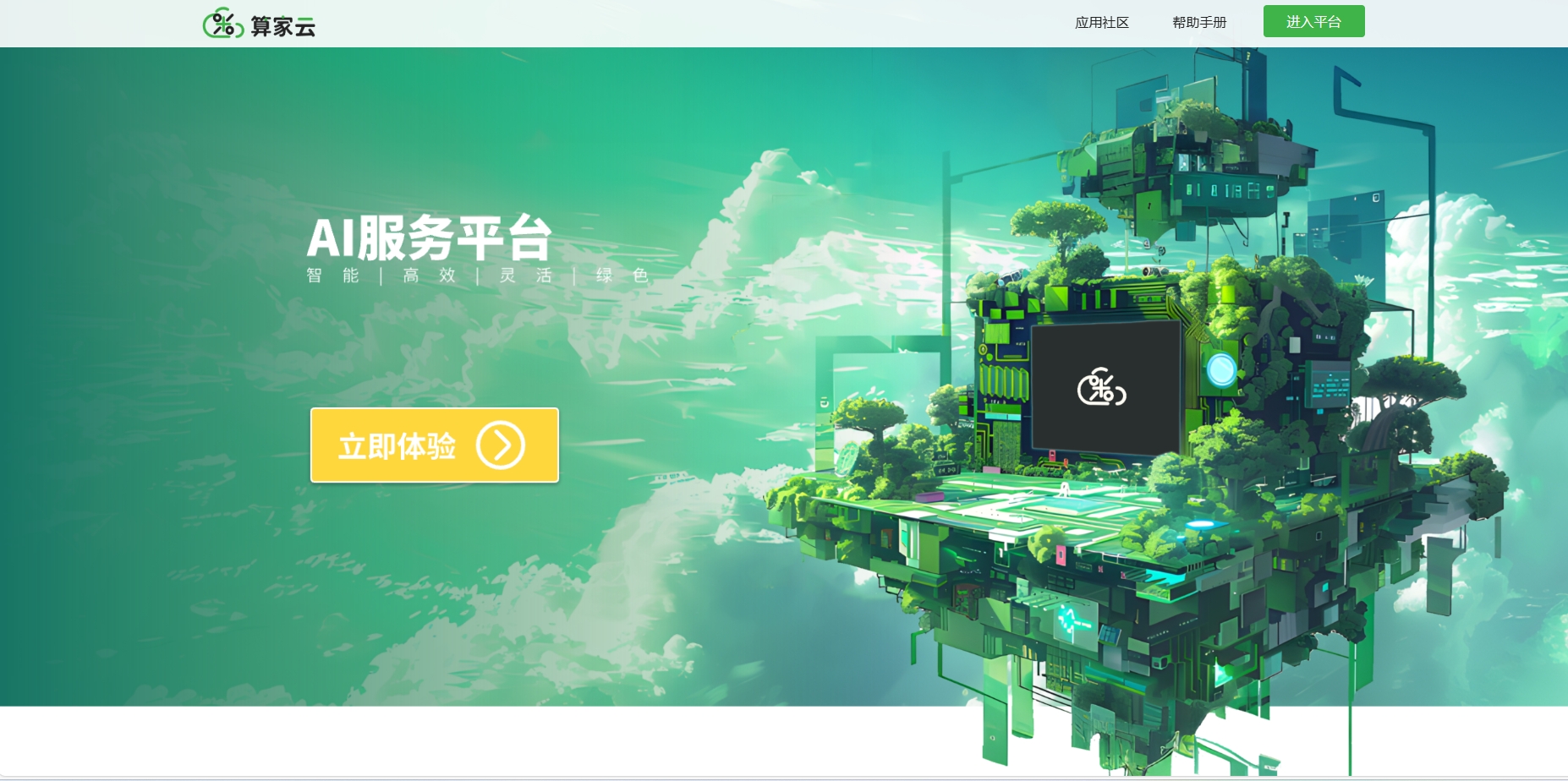
风力发电机叶片表面缺陷识别检测数据集yolo数据集 共7000张
风力发电机叶片表面缺陷识别数据集(Wind Turbine Blade Defects Recognition Dataset, WTBDRD)
摘要

WTBDRD 是一个专门为风力发电机叶片表面缺陷识别而设计的数据集,旨在为相关领域的研究人员提供一个标准化的训练和评估平台。该数据集包含了7000张高分辨率的叶片图像,这些图像来自多个不同型号的风力发电机叶片。每张图像都被详细地标注了叶片表面的各种缺陷类型和位置,包括腐蚀、裂纹、隐藏裂纹、表面附着物、表面腐蚀、表面损伤、表面油污以及雷击痕迹等。数据集的设计目标是帮助研究人员更好地理解叶片表面缺陷的特征和规律,从而提高叶片维护和管理的效率。
数据集特点

- 全面的叶片缺陷分类:数据集涵盖了常见的叶片表面缺陷类型,包括腐蚀、裂纹、隐藏裂纹、表面附着物、表面腐蚀、表面损伤、表面油污以及雷击痕迹等。
- 高质量的叶片图像:所有的图像都是由专业的工业相机拍摄,具有高分辨率和清晰度,能够准确反映叶片的真实状态。
- 详细的标注信息:每张图像都经过专业人员的仔细标注,包括缺陷的位置、形状、大小等关键信息。
- 丰富的叶片型号:数据集中的叶片来自多种型号的风力发电机,可以满足不同研究需求。
- 易于使用:数据集已经按照YOLO格式整理,可以直接用于训练和评估YOLO系列的目标检测模型。
- 广泛的应用场景:适用于风电行业叶片维护与管理、故障预测等领域。
数据集构成

- 图像数量:总共有7000张叶片图像。
- 类别数:8类
- 类别名称及对应数量:
corrosion: 腐蚀 (1058张)craze: 裂纹 (36张)hide_craze: 隐藏裂纹 (1172张)surface_attach: 表面附着物 (1410张)surface_corrosion: 表面腐蚀 (6714张)surface_eye: 表面损伤 (206张)surface_injure: 表面油污 (3182张)thunderstrike: 雷击痕迹 (240张)
示例代码
以下是一个简单的Python脚本示例,用于加载数据集中的一对图像-标签对,并可视化其中的标注信息:
python
深色版本
import os
import cv2
import numpy as np
import matplotlib.pyplot as plt
from matplotlib.patches import Rectangle
# 数据集目录路径
data_dir = 'path/to/wtbdrd_dataset'
train_image_dir = os.path.join(data_dir, 'images/train')
train_label_dir = os.path.join(data_data, 'labels/train')
# 选取一张训练图像及其对应标签
image_files = os.listdir(train_image_dir)
image_file = image_files[0] # 假设取第一张图
label_file = os.path.splitext(image_file)[0] + '.txt'
image_path = os.path.join(train_image_dir, image_file)
label_path = os.path.join(train_label_dir, label_file)
# 加载图像
image = cv2.imread(image_path, cv2.IMREAD_COLOR)
height, width, _ = image.shape
# 解析YOLO格式标签
def parse_yolo_label(label_path, image_width, image_height):
bboxes = []
with open(label_path, 'r') as f:
lines = f.readlines()
for line in lines:
class_id, x_center, y_center, box_width, box_height = map(float, line.strip().split())
x_min = int((x_center - box_width / 2) * image_width)
y_min = int((y_center - box_height / 2) * image_height)
box_width = int(box_width * image_width)
box_height = int(box_height * image_height)
bboxes.append((class_id, x_min, y_min, box_width, box_height))
return bboxes
# 解析标签
bboxes = parse_yolo_label(label_path, width, height)
# 可视化标注
fig, ax = plt.subplots(figsize=(10, 10))
ax.imshow(cv2.cvtColor(image, cv2.COLOR_BGR2RGB))
colors = ['red', 'blue', 'green', 'orange', 'purple', 'yellow', 'pink', 'brown', 'gray']
names = ['corrosion', 'craze', 'hide_craze', 'surface_attach', 'surface_corrosion', 'surface_eye', 'surface_injure', 'thunderstrike']
for bbox, color_name in zip(bboxes, colors):
class_id, x, y, w, h = bbox
rect = Rectangle((x, y), w, h, linewidth=2, edgecolor=color_name, facecolor='none')
ax.add_patch(rect)
ax.text(x, y - 10, names[int(class_id)], color=color_name, fontsize=8)
plt.title('Wind Turbine Blade Defects Recognition Dataset')
plt.axis('off')
plt.show()数据集使用指南
-
数据准备:
- 确认数据集路径是否正确,并且图像和标签文件均存在指定的目录下。
- 检查数据集是否有损坏或缺失的文件,确保所有图像和对应的标注文件都是完整的。
-
数据集划分:
- 数据集已经划分为训练集、验证集和测试集,可以直接使用。
-
配置文件:
-
根据所使用的深度学习框架创建相应的配置文件。对于YOLOv5等模型,通常需要一个
data.yaml文件来描述数据集路径和类别信息。 -
yamldata.yaml示例内容如下:深色版本
train: path/to/wtbdrd_dataset/images/train val: path/to/wtbdrd_dataset/images/validation test: path/to/wtbdrd_dataset/images/test nc: 8 names: ['corrosion', 'craze', 'hide_craze', 'surface_attach', 'surface_corrosion', 'surface_eye', 'surface_injure', 'thunderstrike']
-
-
模型训练:
- 选择适合任务的深度学习框架(如YOLOv5, YOLOv7, Detectron2等)。
- 配置训练参数,包括学习率、批次大小、迭代次数等。
- 使用提供的数据集开始训练模型。确保在训练过程中监控模型的


















